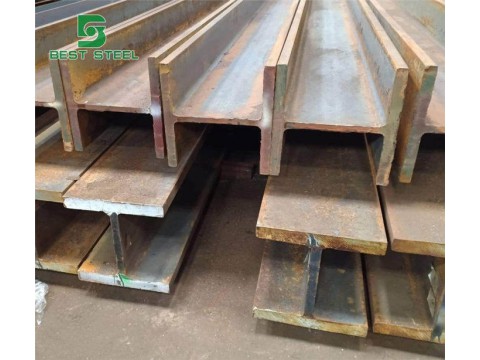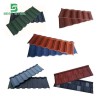I-beam
I-beam, as the name suggests, is a kind of "I"-shaped cross-section steel. The inner surface of the upper and lower flanges has an inclination, generally 1:6, which makes the flange thinner on the outside and thicker on the inside. The cross-sectional characteristics of the main plane vary greatly, and it is difficult to exert the strength characteristics just now in applications. Although thicker I-beams have also appeared on the I-beam market, the structure of the I-beam has determined its short board of torsion resistance.
H-beam is a widely used profile in today's steel structure construction, and it has many differences compared with I-beam. The first is the flange, and the second is the inner surface of the flange without inclination, and the upper and lower surfaces are parallel. The section properties of H-beams are significantly better than traditional I-beams, channel steels and angle steels.
H-section steel is an economical section and high-efficiency section with a more optimized cross-sectional area distribution and a more reasonable strength-to-weight ratio. It is named because its section is the same as the English letter "H". The two outer sides of the H-beam have no slope and are straight. This makes the welding and splicing of H-beam easier than I-beam, and has better mechanical properties per unit weight, which can save a lot of materials and construction time.










